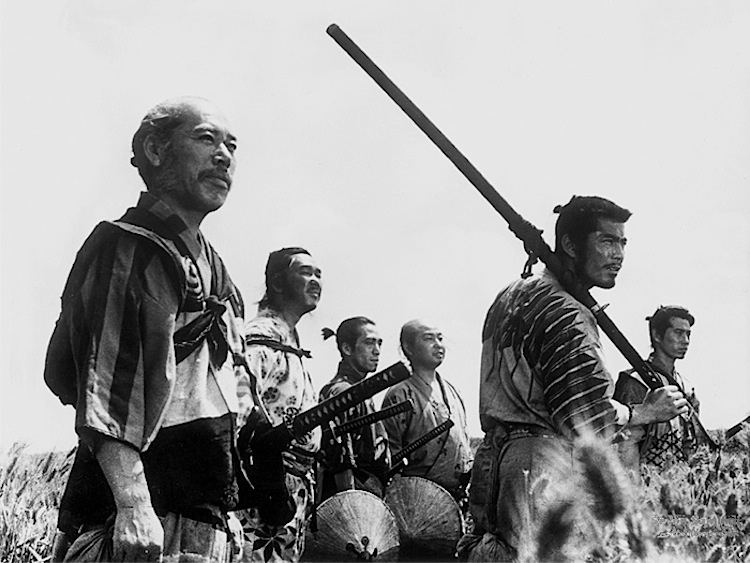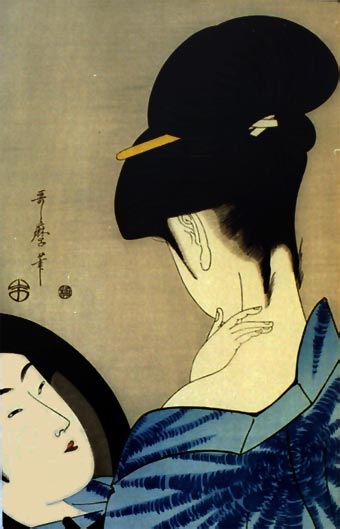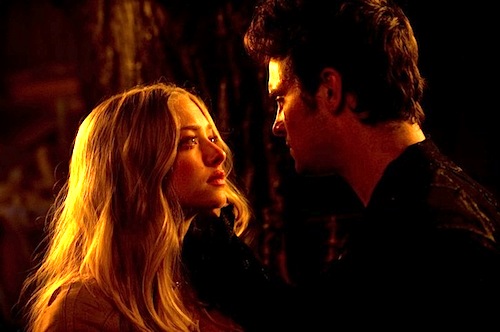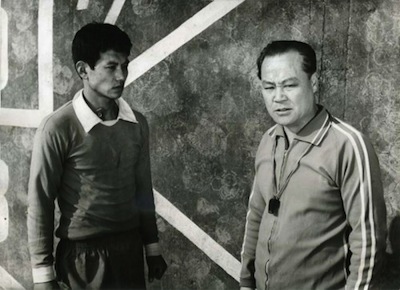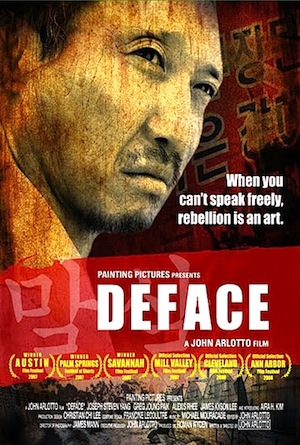
By Jason Apuzzo. Last August, Libertas was the first and only media outlet invited to see MGM’s new version of Red Dawn, a remake of the original 1984 film written and directed by John Milius. We were invited to see the film by MGM executives due to our ongoing coverage here at Libertas of pro-freedom films – and of our coverage of the many recent films specifically dealing with the subject of communism (Salt, Mao’s Last Dancer, Farewell, Peter Weir’s recent The Way Back). Red Dawn screenwriter Carl Ellsworth was in attendance at our screening.
We postponed commenting on Red Dawn until this time due to the complex and delicate situation at MGM, and also due to the fact that the film as yet has no release date. MGM is under new management, however, and recently the LA Times broke the story that the film – which features the communist Chinese invading the mainland U.S. – is currently being re-edited and digitally altered by MGM’s new management team in order to make North Korea into the primary invading force. References to the Chinese military are, according to the LA Times, being minimized wherever possible. The film has apparently become a political hot potato, with MGM looking to sell the film – or perhaps not release it at all.
We had been aware since last August that this was a possibility, in so far as the Chinese market represents a highly lucrative one to American film distributors – and that China would likely penalize any company distributing this new Red Dawn. It now appears that the fears expressed to us at the time by several MGM executives are becoming a reality, and that the film is, in effect, being politically censored due to pressures coming from potential distributors.
Needless to say, we find this kind of political re-editing of a film appalling – as well as unprecedented. In the case of Red Dawn, it’s also perversely ironic, in so far as the basic premise of the film involves the Chinese invading American in order to ‘collect’ on an economic debt America owes to them – a debt that in the real world, as it turns out, China will now be ‘collecting’ by MGM’s film simply being re-edited.
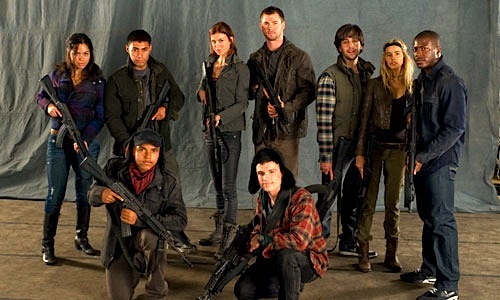
As a further note, there is a certain racist crudeness in equating Chinese with Koreans (i.e., ‘Asians all the look the same’) of which MGM seems unmindful.
Here at Libertas we are committed to positively promoting films that celebrate freedom, democracy, and the dignity of the individual. Of late, for example, we’ve promoted a whole range of dissident, ‘D-Generation’ Chinese documentaries such as Disorder, Petition and Crime and Punishment that depict the full brutality and authoritarianism of China’s current regime.
We had hoped and intended to promote Red Dawn in the same light, because the original, ‘uncensored’ cut of the film we saw in August was one we liked – and we suspect American audiences would’ve liked it, as well. (Chinese dissidents would’ve loved it – watching it on pirated copies.) It was a rousing and patriotic film that in some respects resembled Battle: Los Angeles, currently in theaters, in terms of depicting a plucky and outnumbered group of Americans (teenagers, in this case) gamely taking on a vastly superior and oppressive invading force. Continue reading EXCLUSIVE: Libertas Sees the ‘Uncensored’ Version of MGM’s New Red Dawn
